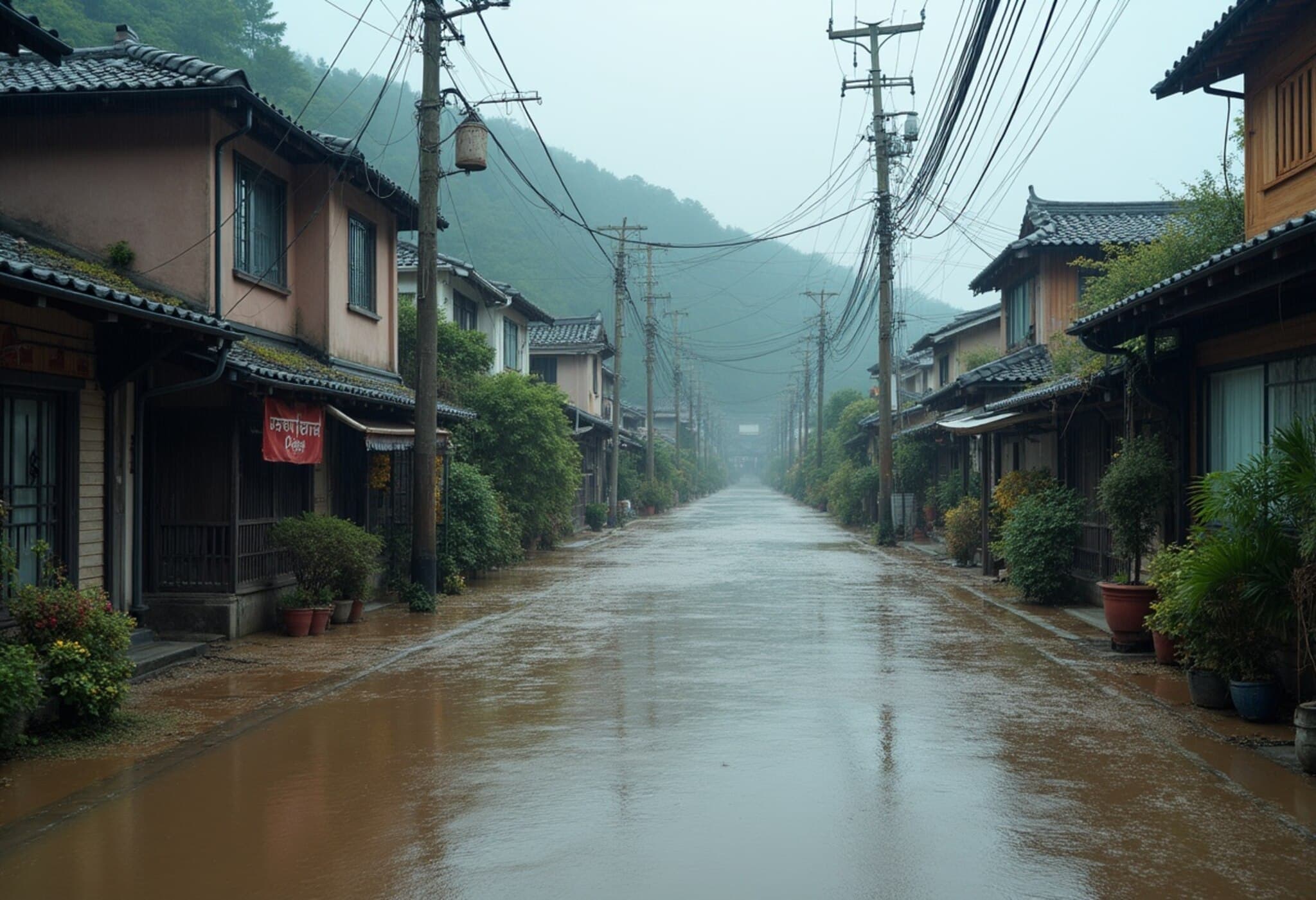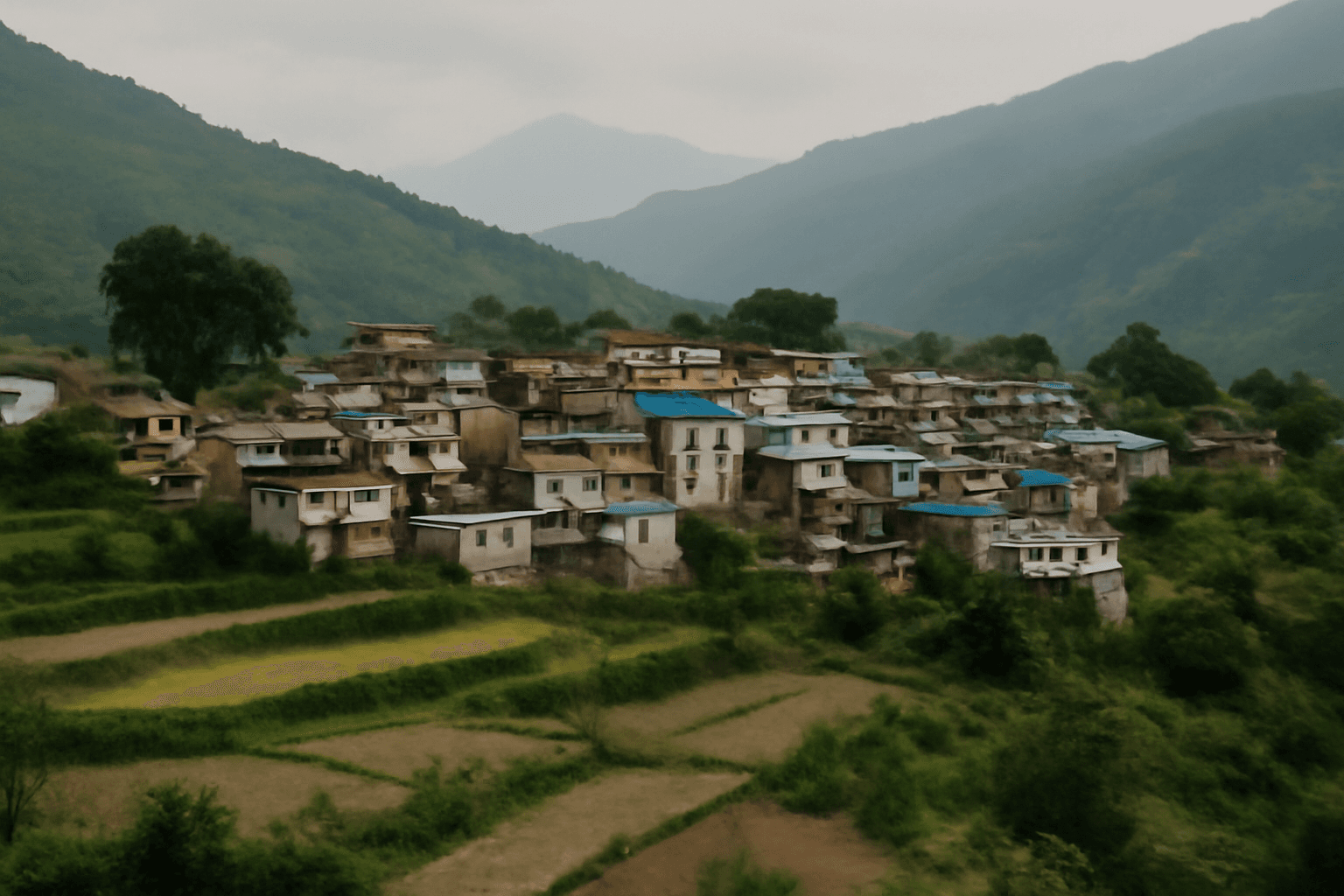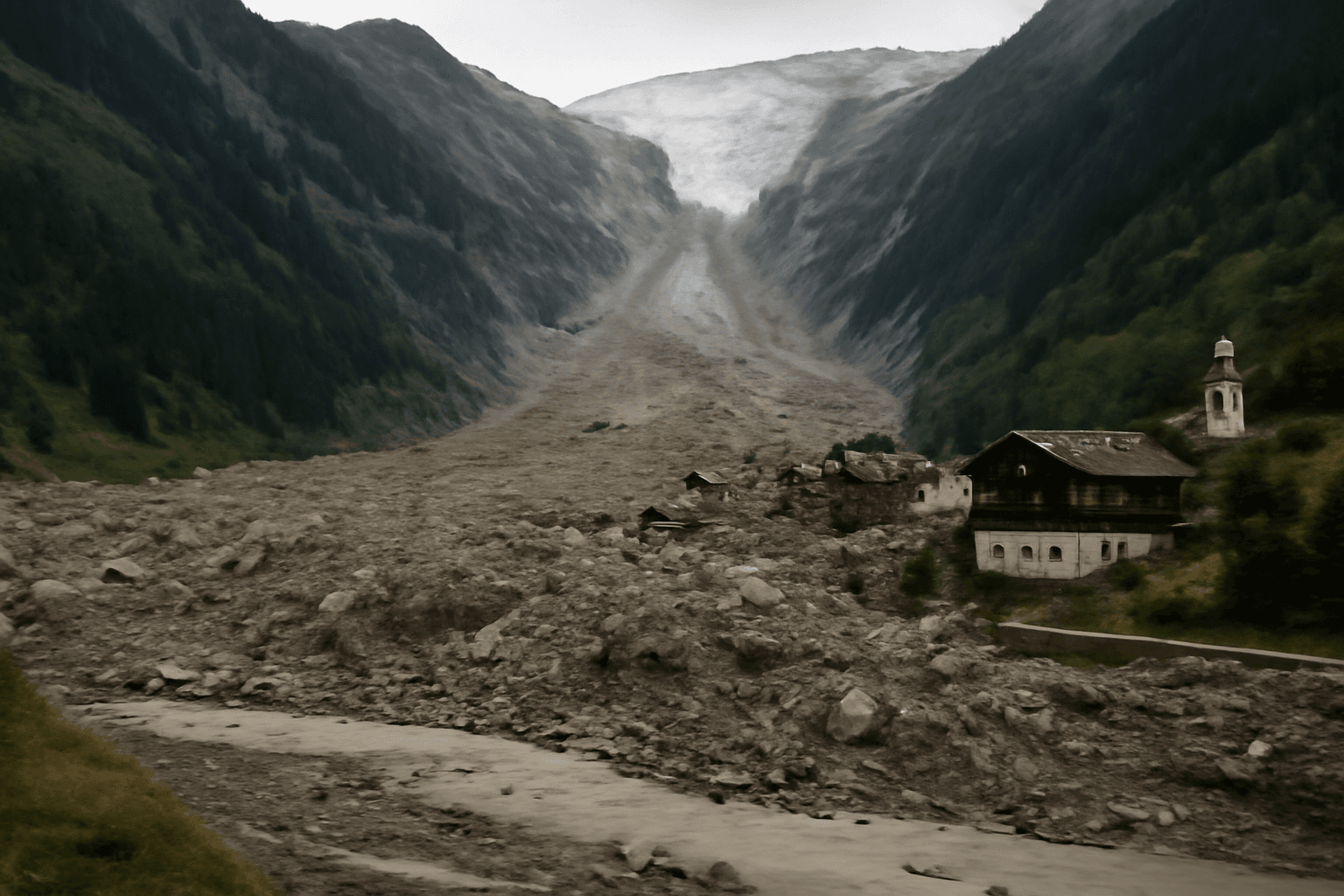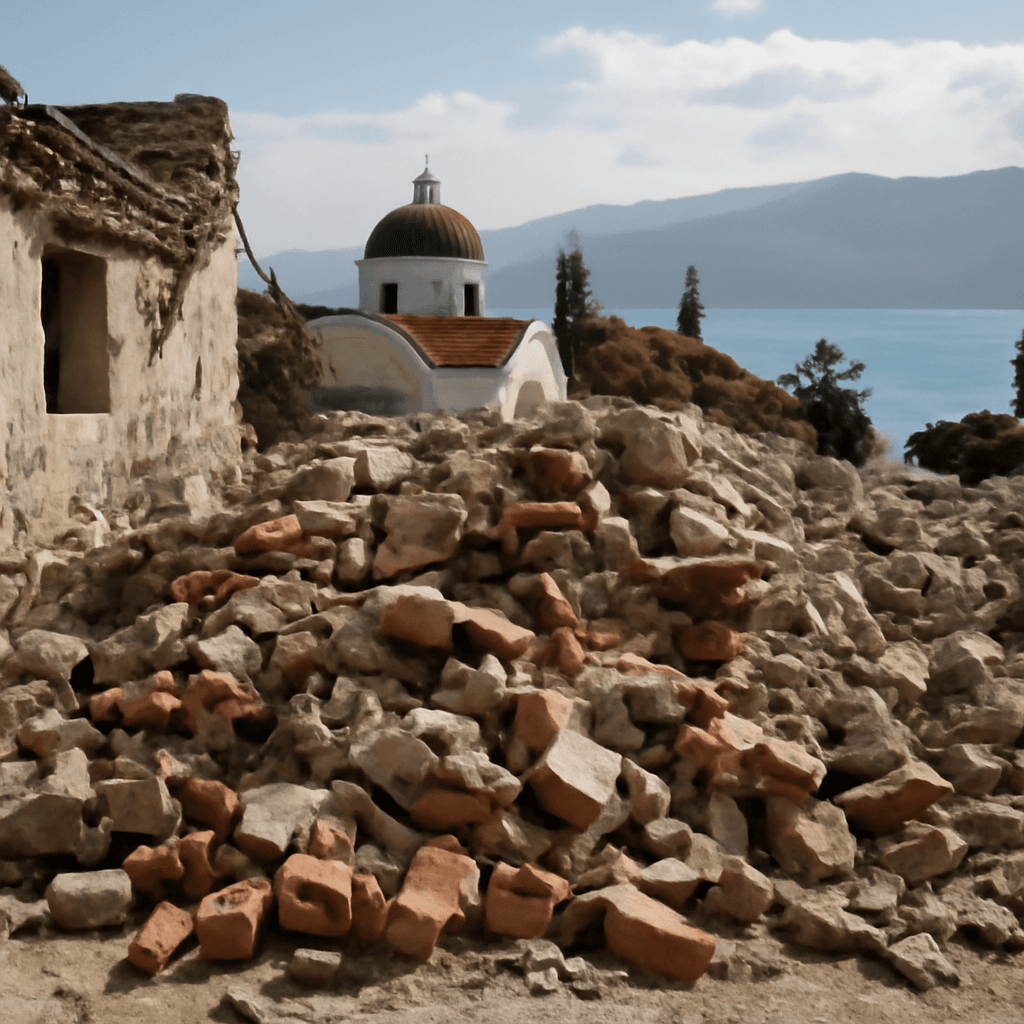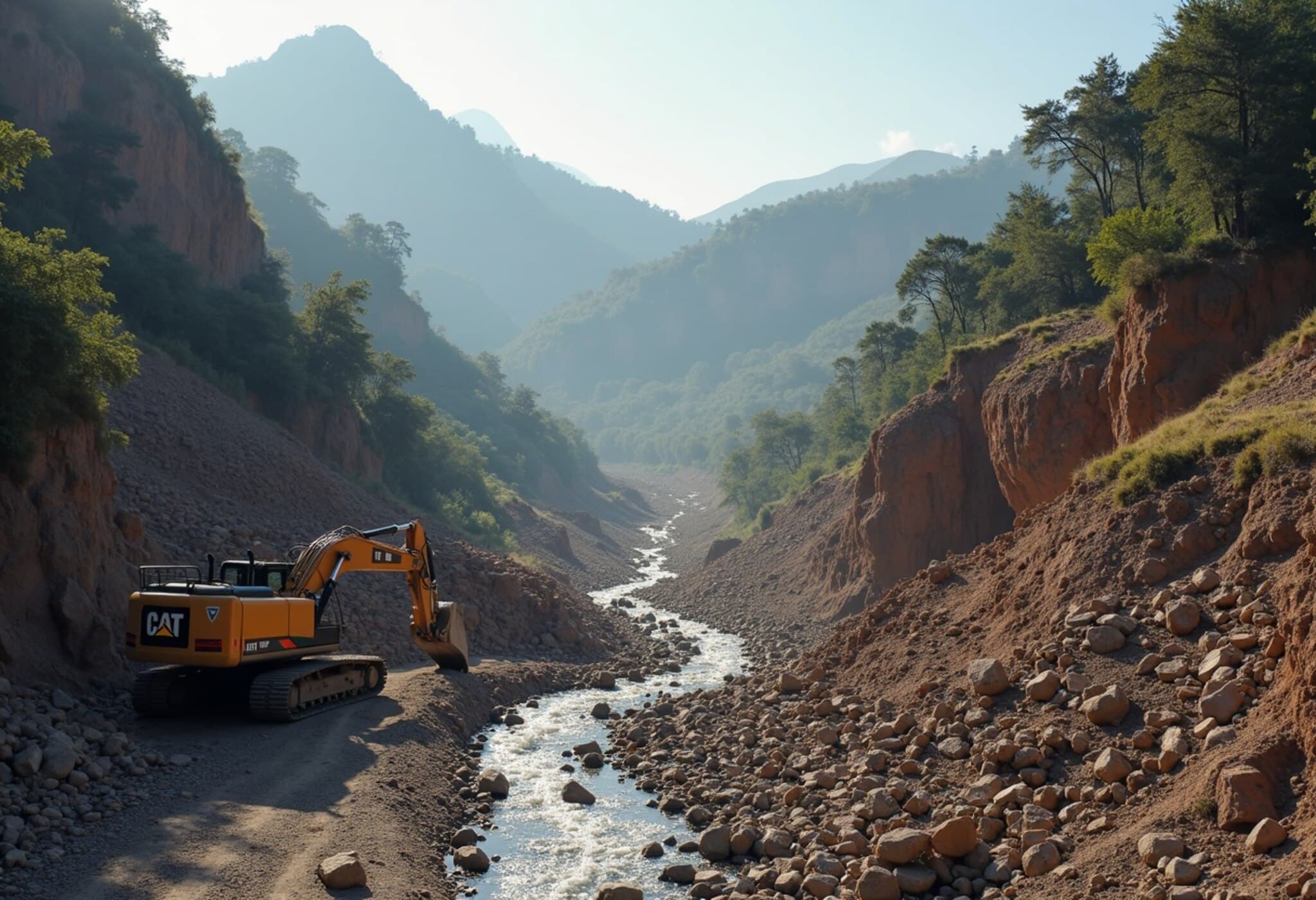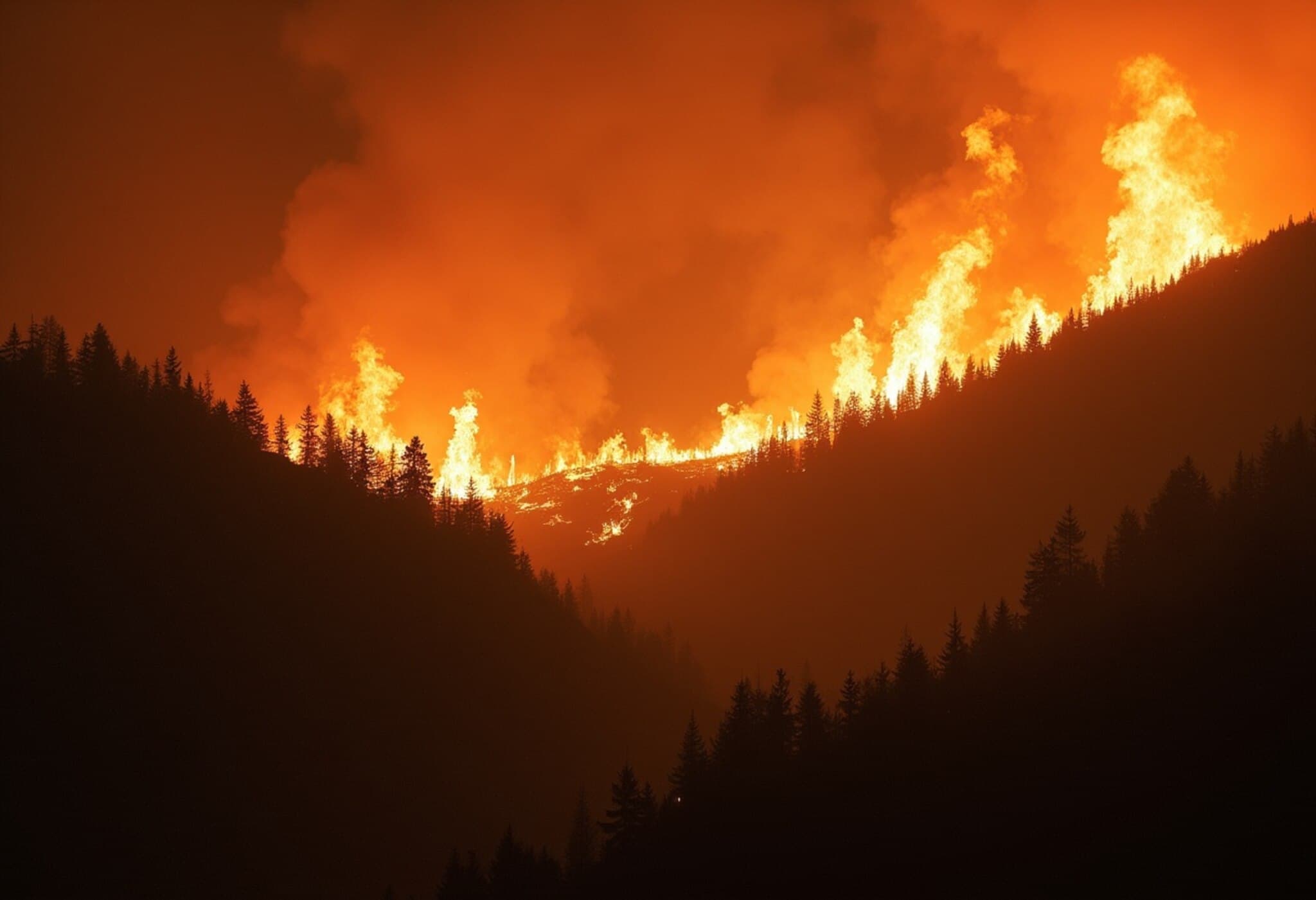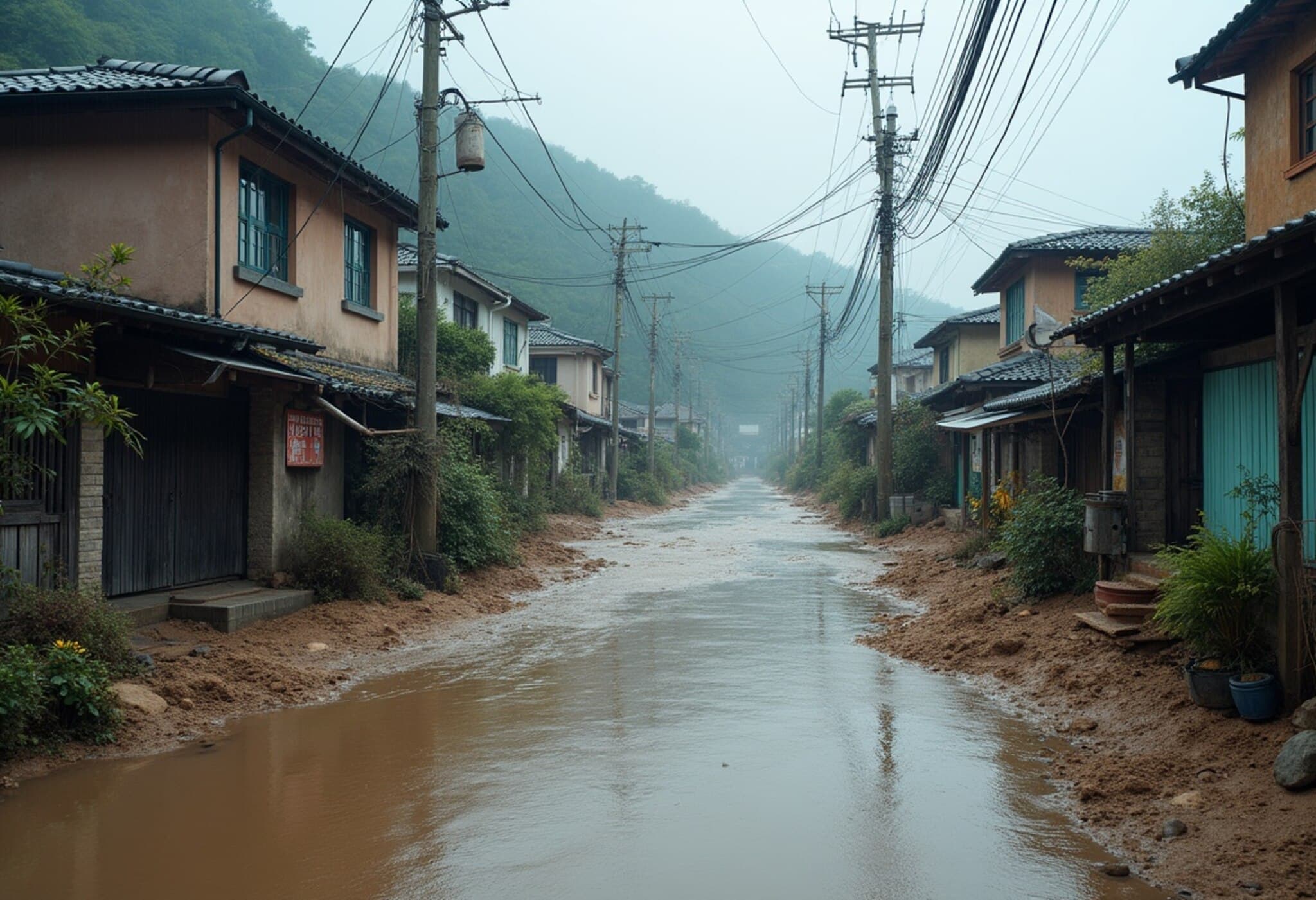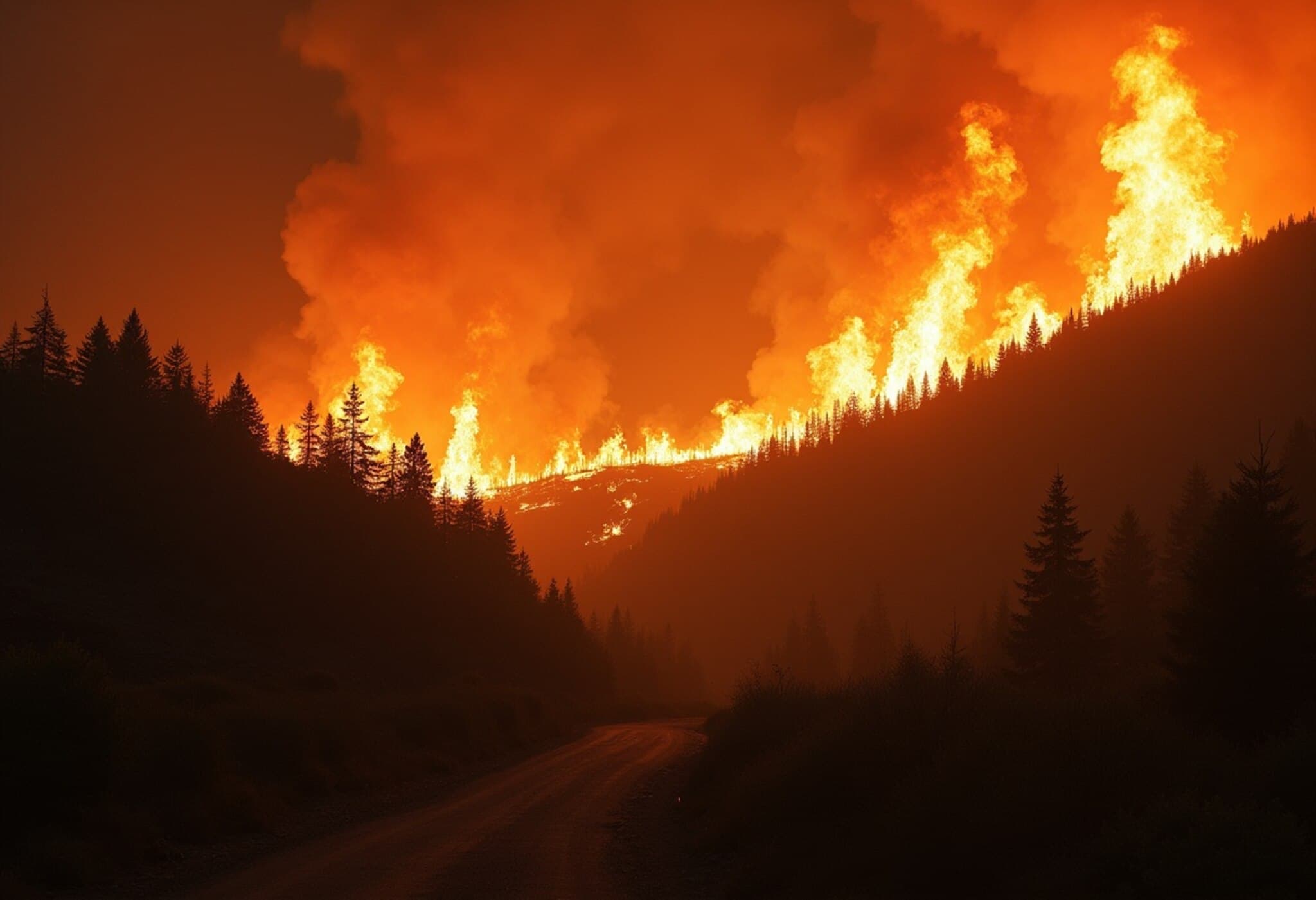Heavy Rains Trigger Deadly Landslides and Floods Across South Korea
South Korea is grappling with severe flooding and landslides after days of relentless torrential rain, leading to a tragic loss of life and widespread disruption. As of Sunday morning, the national death toll has risen to 14, with 12 individuals still reported missing since the downpour began on Wednesday.
Gapyeong Hit Particularly Hard
The popular resort town of Gapyeong, northeast of Seoul, suffered greatly on Sunday, where a sudden landslide engulfed several homes, claiming two lives and leaving two others unaccounted for. Floodwaters swept away vehicles and inundated streets, compounding the challenges faced by emergency responders.
Weather Patterns and Forecast
The Korean Meteorological Administration reported that the heavy rainfall, which initially lashed the southern regions of the country, gradually shifted northward overnight. This relentless precipitation has overwhelmed waterways and saturated the ground, setting the stage for destructive landslides and flash floods.
However, relief may be on the horizon. Forecasters anticipate the rains to subside later on Sunday, bringing a significant heat wave in their wake. Experts warn that while the rain’s reprieve will alleviate immediate flooding concerns, the ensuing high temperatures could pose new public health and environmental stresses.
Understanding the Broader Context
South Korea’s vulnerability to such disasters is exacerbated by the intensification of seasonal monsoon patterns linked to climate change. Urban expansion, deforestation, and topographical factors compound flood risks, especially in mountainous and low-lying areas.
Emergency preparedness and infrastructure resilience are critical issues gaining national attention. The recent tragedy underscores the importance of investing in early warning systems, better drainage networks, and community-based disaster response training — particularly in tourist-heavy regions like Gapyeong.
Voices from the Ground and Next Steps
Local residents describe the harrowing scenes of houses washed away and neighborhoods submerged under muddy water, painting a vivid picture of nature’s fury. Authorities continue search-and-rescue operations, bolstered by military and volunteer support, tackling the daunting task of locating those still missing.
- City officials have urged citizens to stay indoors and avoid flood-prone areas.
- Temporary shelters are being set up to accommodate displaced families.
- Government agencies are mobilizing resources for rehabilitation and future disaster mitigation.
Why This Matters: A Climate and Policy Wake-Up Call
While natural disasters have long been part of the Korean peninsula’s seasonal cycle, the increasing frequency and severity of such events highlight the urgent need for integrated climate adaptation strategies in South Korea and beyond. This tragedy raises broader questions about urban planning, environmental stewardship, and social equity as vulnerable populations disproportionately bear the brunt of these calamities.
Editor’s Note
The catastrophic flooding and landslides in South Korea are a sobering reminder of the complexities facing modern nations in an era of climate unpredictability. As communities mourn and rebuild, policymakers must reckon with how to better fortify infrastructure and protect lives amid evolving weather extremes. For readers, it is a moment to reflect on resilience at both communal and individual levels — how do we prepare for and respond to natural disasters when climate change is making such events more commonplace?

